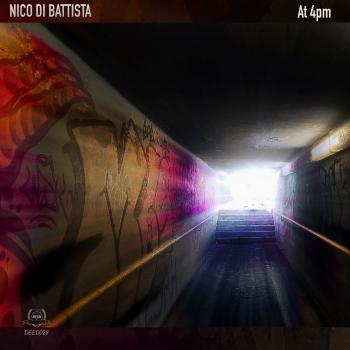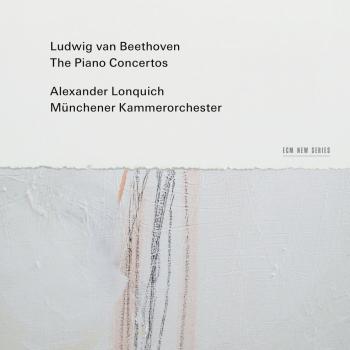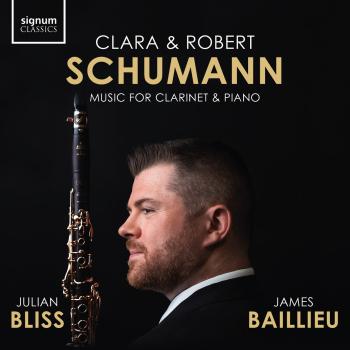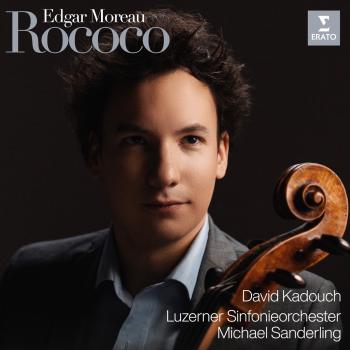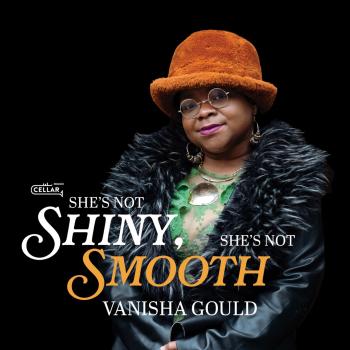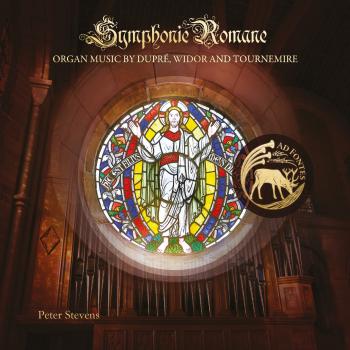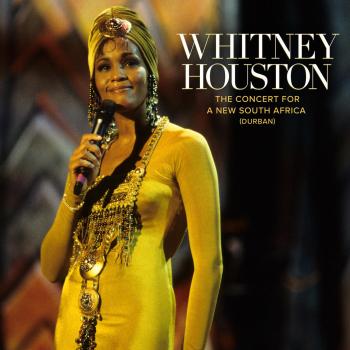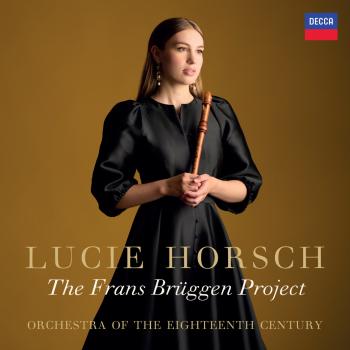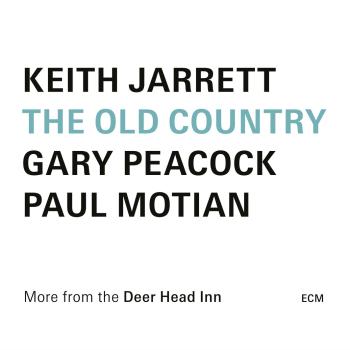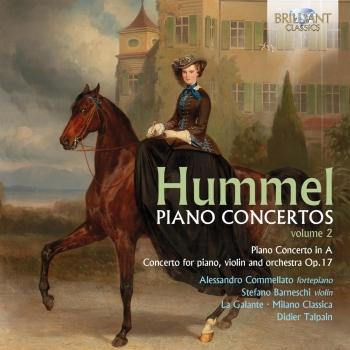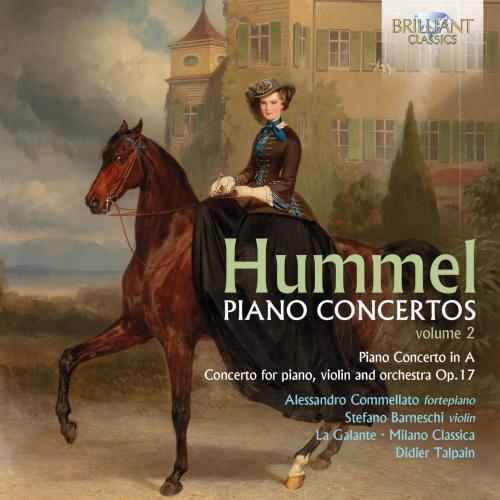
Hummel: Piano Concertos, Vol. 2 Didier Talpain, Stefano Barneschi & Alessandro Commellato
Album info
Album-Release:
2019
HRA-Release:
29.11.2019
Label: Brilliant Classics
Genre: Classical
Subgenre: Concertos
Artist: Didier Talpain, Stefano Barneschi & Alessandro Commellato
Composer: Johann Nepomuk Hummel (1778–1837)
Album including Album cover
- Johann Nepomuk Hummel (1778 - 1837): Concerto for Piano and Orchestra in A Major, WoO 24a S.5:
- 1 Concerto for Piano and Orchestra in A Major, WoO 24a S.5: I. Allegro moderato 14:37
- 2 Concerto for Piano and Orchestra in A Major, WoO 24a S.5: II. Romanze. Adagio 06:07
- 3 Concerto for Piano and Orchestra in A Major, WoO 24a S.5: III. Rondo 08:53
- Concerto for Piano, Violin & Orchestra in G Major, Op. 17:
- 4 Concerto for Piano, Violin & Orchestra in G Major, Op. 17: I. Allegro con brio 14:29
- 5 Concerto for Piano, Violin & Orchestra in G Major, Op. 17: II. Andante con variazioni 09:55
- 6 Concerto for Piano, Violin & Orchestra in G Major, Op. 17: III. Rondo 08:20
Info for Hummel: Piano Concertos, Vol. 2
This collection is the second volume in a series of Hummel piano concertos (after Vol.1, BC94338), bringing much-needed attention to one of the most respected composer-pianists of the 18th century.
A friend of Beethoven and Schubert, Johann Nepomuk Hummel (1778–1837) is a staple of the Classical and early romantic repertoire. Hummel went to live with Mozart, who singled him out as a child prodigy, took him on as his pupil and sponsored Hummel’s first concert appearance at the age of nine. Though Mozart died four years later, Hummel’s music retained a distinctly Mozartian flavour. This album opens with the Concerto for piano and orchestra in A WoO 24a S.5, a work that languished in obscurity and was only rediscovered in the 1960s. It sounds remarkably similar to Mozart’s Clarinet Concerto K622, with the first movement even written in the same key of A major.
The second half of this release is given over to the Concerto for piano, violin and orchestra Op.17 – an instrumental combination few composers have attempted. The soloists alternate between dialogue and unison, each with their own complex rhythmic patterns. The cadenza at the end is a new addition composed by Alessandro Commellato. Staying true to Hummel’s style, he showcases the ‘janissary’ (or Turkish) style of playing facilitated by the pedalboard, typical of early 19th century Viennese pianos such as the 1825 Böhm instrument used on this recording.
A virtuoso pianist as well as composer, Hummel’s keyboard writing is highly technical with fast step-wise movement, and every melody is decorated with detailed ornamentation, a challenge for even the most advanced pianists today. In this recording however, the listener is in safe hands as Alessandro Commellato, joined by violinist Stefano Barneschi and ensembles Milano Classica and La Galante, approaches the programme with grace and precision. They are conducted by Didier Talpain, a specialist in the performance of Hummel’s works who has already recorded a number of his compositions for Brilliant Classics and pioneered an effort to revive his opera Mathilde de Guise.
Brought to you by Hummel specialists, two volumes of a wider movement to ensure that this composer’s legacy is not forgotten, rather that his music is recognised as the work of a genius and that he may take his rightful place on the shelf alongside Beethoven, Mozart, Chopin and Schubert.
The second instalment of the complete Hummel piano concertos recoding on period instruments!
Hummel (1778–1837) deserves to be far better known today than it is. While he was one of the most famous and celebrated composers of the Classical period, his popularity declined rapidly after his death, with the onset of Romanticism, and it is only now that musicians have begun to effect a serious revival of his repertoire.
Hummel’s fame as a concert pianist is evident from the sparkling virtuosity of the works heard on this disc, all for fortepiano and orchestra: the A major Concerto and the Concerto for Violin, Piano and Orchestra Op. 17. Both works were written in his twenties and obviously show the influence of the Classical Viennese style of Mozart’s piano concertos: elegant, melodious and overflowing with brilliant virtuosity.
Alessandro Commellato, fortepiano
Stefano Barneschi, violin
La Galante
Milano Classica
Didier Talpain, conductor
Didier Talpain
is a French conductor and diplomat.
Talpain graduated from the Institut Commercial de Nancy and in political studies from the Institut d'études politiques de Strasbourg. He has primarily served in cultural exchange projects with the countries, such as Poland, he has been assigned to.
Talpain studied flute, bassoon and chamber music at the École Normale de Musique de Paris and conducting at the Conservatoire National Supérieur de Musique et de Danse de Paris (CNSMDP) in Paris. In 1985 he won a Menuhin Foundation prize and in 1995 the prize of the Perrenoud Foundation.
This album contains no booklet.

